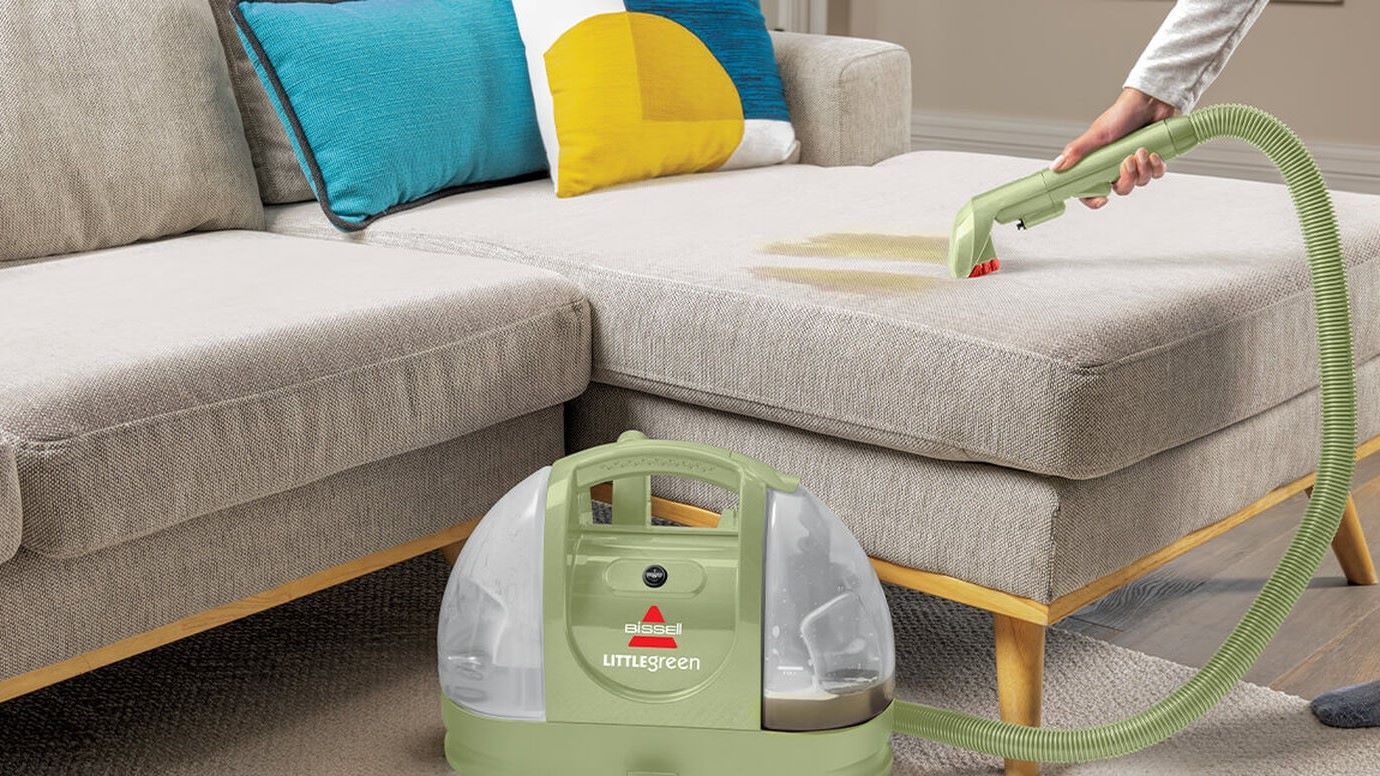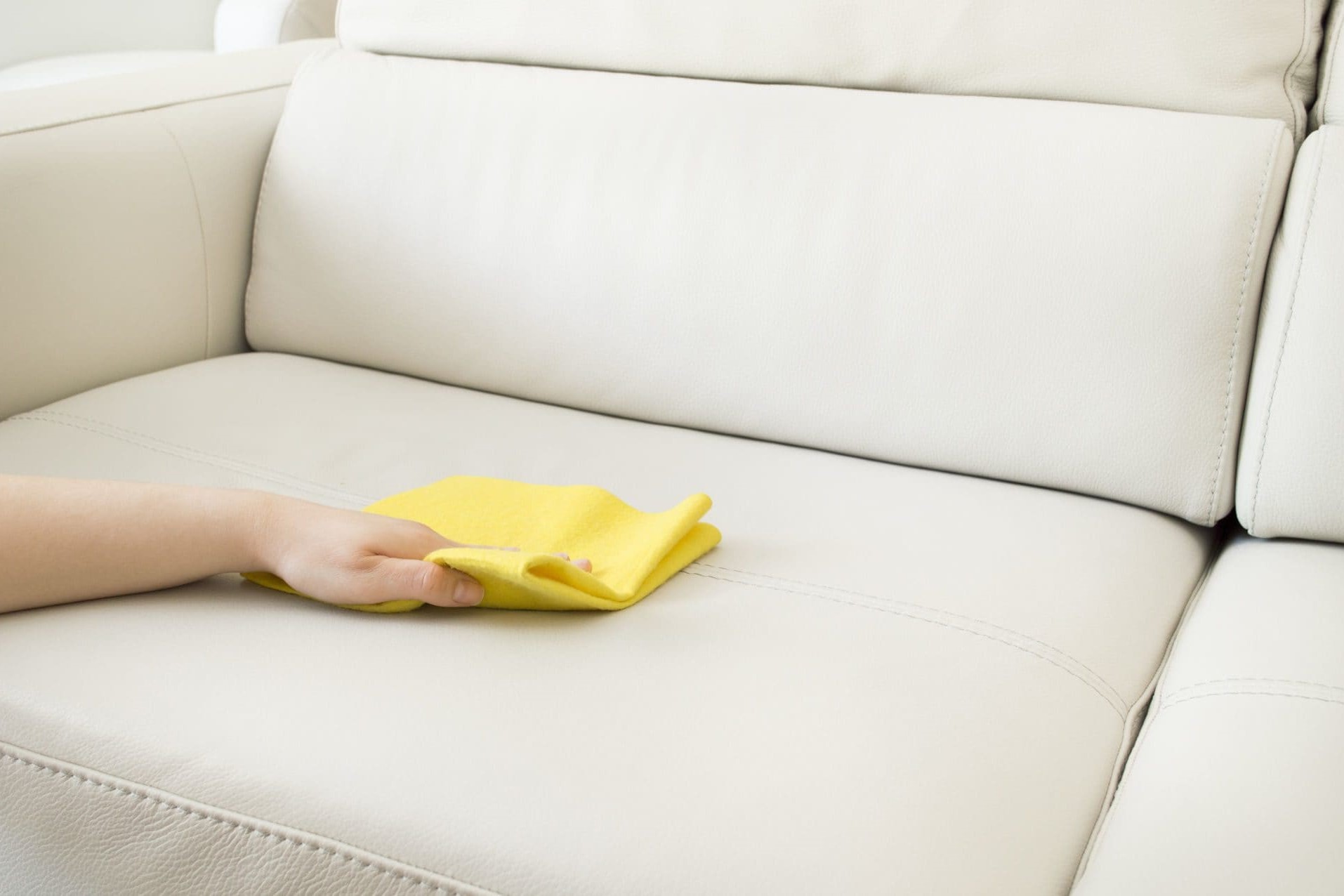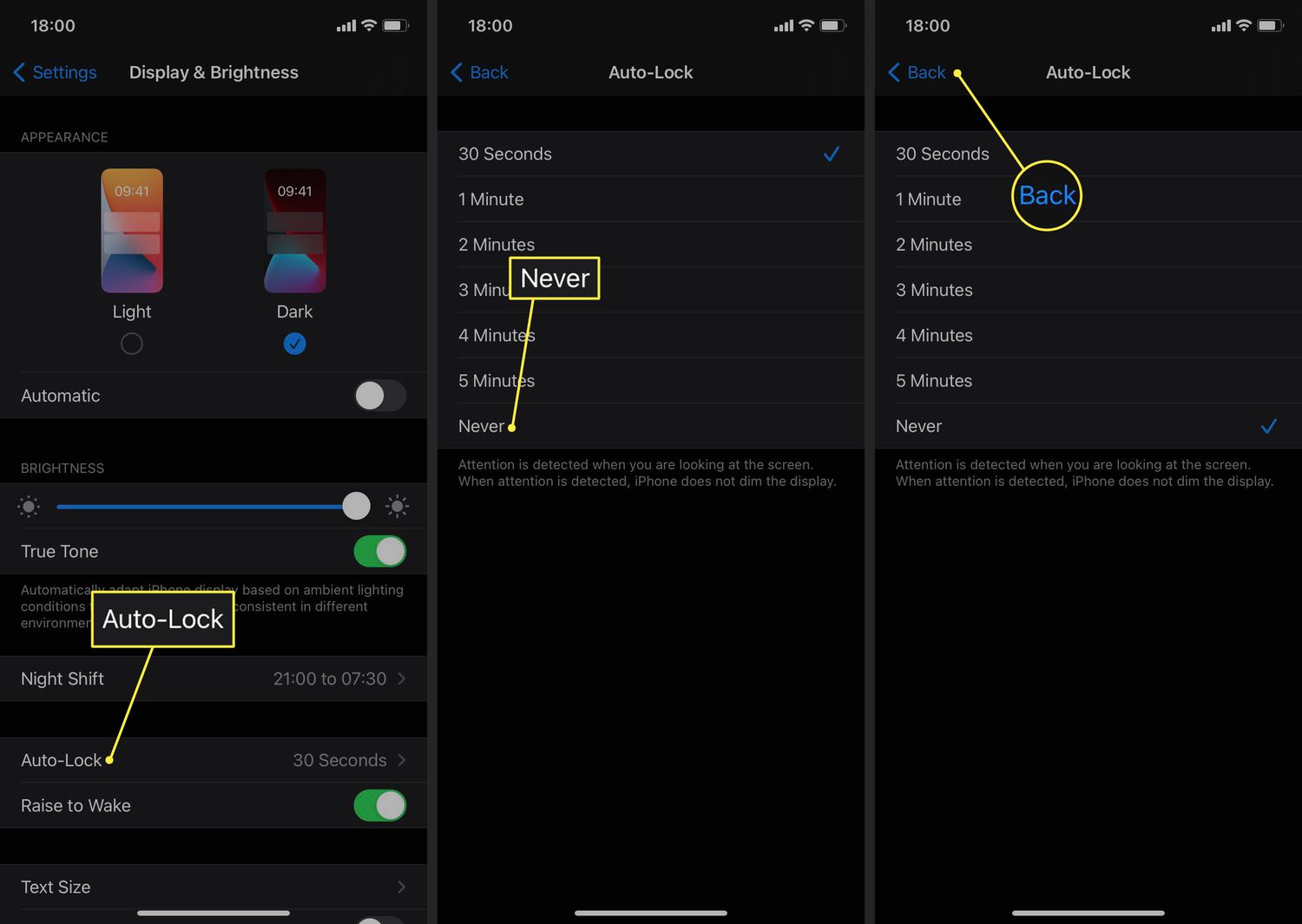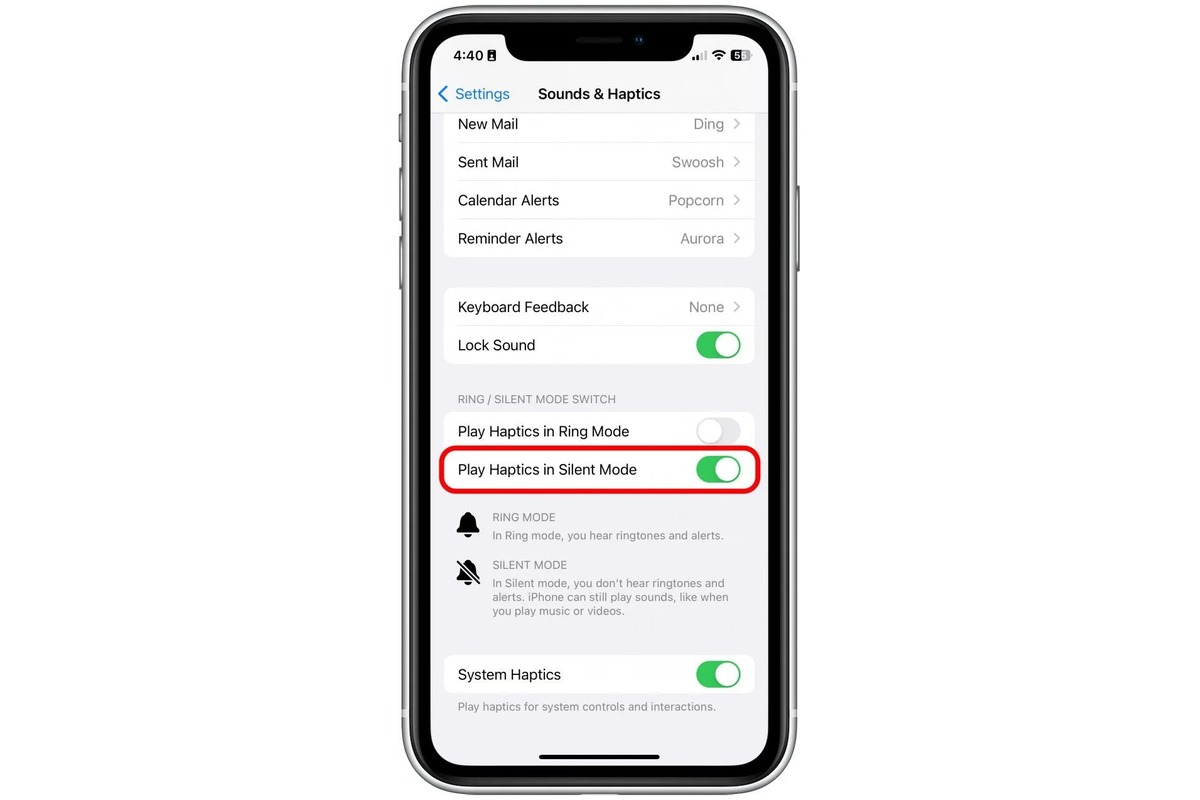Home>Pets & Animals>How To Keep Dogs Off Couch


Pets & Animals
How To Keep Dogs Off Couch
Published: March 7, 2024
Learn effective strategies for keeping pets off the couch. Discover proven methods to discourage dogs from lounging on your furniture. Protect your couch and maintain a pet-friendly home.
(Many of the links in this article redirect to a specific reviewed product. Your purchase of these products through affiliate links helps to generate commission for Noodls.com, at no extra cost. Learn more)
Table of Contents
Introduction
Welcoming a furry friend into your home can bring immeasurable joy and companionship. However, one common challenge that many dog owners face is keeping their canine companions off the couch. While it may seem like a harmless habit, allowing your dog to claim the couch as their own can lead to a variety of issues, from hygiene concerns to territorial behavior.
In this comprehensive guide, we will explore effective strategies to discourage your dog from lounging on the couch. By understanding the reasons behind this behavior and implementing positive training techniques, you can create a harmonious living space for both you and your beloved pet.
Dogs are naturally drawn to soft, elevated surfaces, and the couch provides an inviting spot for them to relax and observe their surroundings. However, allowing your dog free rein on the furniture can result in a range of challenges, including unwanted shedding, lingering odors, and the potential for damage to upholstery.
By taking proactive measures to address this behavior, you can establish clear boundaries while ensuring that your dog feels comfortable and secure in their designated spaces. With patience, consistency, and a compassionate approach, you can successfully train your dog to respect the boundaries you set regarding furniture use.
Throughout this guide, we will delve into the underlying reasons why dogs are drawn to the couch, explore positive reinforcement training methods, and discuss the importance of providing alternative comfortable spaces for your dog. Additionally, we will examine the use of deterrents as a means of discouraging couch behavior, emphasizing the significance of patience and consistency in achieving long-term success.
By implementing the strategies outlined in this guide, you can create a harmonious environment that promotes positive behavior and strengthens the bond between you and your canine companion. Let's embark on this journey to establish a happy and mutually respectful living arrangement with your beloved dog.
Read more: How To Get Dog Smell Out Of Couch
Understanding Why Dogs Like to Be on the Couch
Dogs are naturally drawn to the couch for a variety of reasons, many of which are rooted in their instincts and behaviors. Understanding these motivations is crucial in addressing the issue of couch lounging and implementing effective solutions.
-
Comfort and Security: The couch provides a soft, elevated, and often enclosed space that appeals to a dog's desire for comfort and security. Dogs, being den animals by nature, seek out cozy spots where they can rest and feel protected. The couch, with its plush cushions and raised platform, offers an ideal setting for them to fulfill this instinctual need.
-
Bonding and Affection: Dogs are deeply social animals that thrive on companionship and closeness to their human family members. By joining their human companions on the couch, dogs seek to establish physical proximity and strengthen their bond with their owners. The couch becomes a shared space where they can enjoy physical contact, warmth, and the reassuring presence of their loved ones.
-
Observation and Territory: From the vantage point of the couch, dogs can survey their surroundings and keep a watchful eye on their environment. This behavior is rooted in their instinct to monitor their territory and remain alert to potential threats. Additionally, claiming the couch as their own can be a display of territorial behavior, as dogs seek to establish a sense of ownership and security within the home.
-
Temperature Regulation: The elevated position of the couch allows dogs to regulate their body temperature more effectively. By lounging on the couch, dogs can avoid direct contact with cold or drafty floors, especially during colder seasons. Furthermore, the warmth retained by the upholstery provides a cozy environment that appeals to their natural inclination to seek out comfortable resting spots.
By recognizing these underlying motivations, dog owners can gain valuable insights into their pet's behavior and tailor their approach to addressing couch-related issues. With a deeper understanding of why dogs are drawn to the couch, owners can implement targeted strategies to provide alternative comfortable spaces, train their dogs effectively, and create a harmonious living environment for both humans and their canine companions.
Training Your Dog to Stay Off the Couch
Training your dog to stay off the couch requires a combination of positive reinforcement, consistency, and patience. It's essential to approach this training with empathy and understanding, as you aim to redirect your dog's behavior in a positive and respectful manner.
Establish Clear Boundaries
Begin by establishing clear boundaries regarding couch access. Consistency is key, so ensure that all family members are on the same page when it comes to enforcing these boundaries. Dogs thrive on routine and clear expectations, so a unified approach will facilitate the training process.
Positive Reinforcement
Utilize positive reinforcement techniques to encourage your dog to stay off the couch. When your dog chooses to remain on the floor or in their designated resting area, offer verbal praise, gentle petting, or small treats as a reward. By associating positive experiences with staying off the couch, your dog will be motivated to repeat this behavior.
Redirecting Behavior
If you find your dog attempting to climb onto the couch, gently but firmly redirect their attention to an alternative resting spot. Provide a comfortable dog bed or designated area with their favorite toys and blankets. Encourage and praise them when they choose to relax in these designated spaces, reinforcing the idea that these areas are just as inviting as the couch.
Consistency and Patience
Consistency is crucial in reinforcing the desired behavior. It's important to respond calmly and consistently each time your dog attempts to access the couch. Avoid harsh punishment, as this can create anxiety and confusion for your dog. Instead, focus on redirecting their behavior and offering positive reinforcement when they choose to stay off the couch.
Training Sessions
Dedicate regular training sessions to reinforce the "off the couch" behavior. These sessions should be brief, positive, and conducted in a calm environment. Over time, your dog will learn to associate the command to stay off the couch with positive experiences and rewards.
Understanding Your Dog's Needs
Consider your dog's individual needs and preferences when providing alternative resting spaces. Some dogs may prefer a cozy, enclosed bed, while others may enjoy a plush cushion in a well-lit area. By catering to your dog's preferences, you can make the designated resting area a desirable and comfortable space.
By implementing these positive training techniques and maintaining a patient, consistent approach, you can effectively train your dog to stay off the couch. Remember that every dog is unique, so be attentive to your pet's responses and adjust your training methods accordingly. With time and dedication, you can create a harmonious living environment where your dog respects the established boundaries while feeling secure and content in their designated spaces.
Providing Alternative Comfortable Spaces for Your Dog
Creating inviting and comfortable alternative spaces for your dog is a pivotal aspect of training them to stay off the couch. By offering appealing alternatives, you can redirect your dog's natural inclination to seek out cozy resting spots while reinforcing positive behavior. Here are several strategies to consider when providing alternative comfortable spaces for your dog:
1. Selecting the Right Bed or Cushion
When choosing a bed or cushion for your dog, consider their size, breed, and individual preferences. Some dogs may prefer a soft, plush bed with raised edges for a sense of security, while others may favor a flat cushion in a well-ventilated area. Additionally, orthopedic beds are ideal for older dogs or those with joint issues, providing them with the necessary support and comfort.
2. Location and Environment
Identify quiet, well-lit areas in your home where your dog can rest undisturbed. Dogs often seek out spots with good visibility, allowing them to keep an eye on their surroundings while feeling secure. Placing the bed or cushion in a warm, draft-free area away from high-traffic zones will create an inviting environment for your dog to relax.
3. Personalized Comfort
Consider your dog's individual preferences when setting up their designated resting area. Some dogs may enjoy a cozy, enclosed space, such as a covered dog bed or a crate with a comfortable blanket. Others may prefer an open area with a view, where they can bask in natural light. By tailoring the resting space to suit your dog's preferences, you can make it a desirable and comforting retreat.
Read more: How To Stop Couch From Sliding
4. Interactive Toys and Enrichment
Incorporating interactive toys and enrichment activities near the designated resting area can further entice your dog to spend time there. Puzzle toys, chew treats, and interactive feeders can provide mental stimulation and entertainment, making the designated space more appealing. This approach not only encourages your dog to stay off the couch but also promotes mental engagement and overall well-being.
5. Encouraging Positive Associations
Encourage your dog to associate the designated resting area with positive experiences. Place familiar toys, blankets with their scent, or items that hold positive associations near the resting spot. Additionally, offering treats or engaging in calming activities, such as gentle brushing or massage, near the designated area can create a positive link between the space and feelings of comfort and security for your dog.
By implementing these strategies and customizing the designated resting area to suit your dog's needs, you can create an inviting and comfortable alternative to the couch. This approach not only supports your training efforts but also ensures that your dog has a dedicated space where they can relax, feel secure, and enjoy moments of tranquility within your home.
Using Deterrents to Keep Your Dog Off the Couch
In addition to positive reinforcement and providing alternative comfortable spaces, using deterrents can be an effective strategy to discourage your dog from accessing the couch. Deterrents serve as gentle reminders for your dog, helping them understand that the couch is off-limits while reinforcing the appeal of their designated resting areas. Here are several deterrent methods to consider:
-
Physical Barriers: Placing physical barriers, such as pet gates or furniture covers, can restrict your dog's access to the couch. This approach creates a clear visual boundary, signaling to your dog that the couch is not a permissible resting spot. Additionally, using strategically placed cushions or pillows to block off the couch can serve as a simple yet effective deterrent.
-
Scent-Based Deterrents: Dogs have a keen sense of smell, and certain scents can deter them from approaching specific areas. Utilizing pet-safe sprays or diffusers that emit natural deterrent scents, such as citrus or bitter apple, can dissuade your dog from venturing onto the couch. These scents are unpleasant to dogs but harmless, providing a gentle reminder to respect the established boundaries.
-
Noise and Motion-Activated Devices: Motion-activated deterrent devices emit a brief, harmless burst of air or a sound when triggered by your dog's movement near the couch. This sudden stimulus can startle your dog, effectively deterring them from attempting to climb onto the couch. Over time, your dog will learn to associate the couch with the unexpected and undesirable experience, reinforcing their preference for alternative resting areas.
-
Positive Reinforcement in Conjunction with Deterrents: While using deterrents, it's crucial to continue reinforcing positive behavior and offering praise when your dog chooses to stay off the couch. By combining deterrents with positive reinforcement, you create a balanced approach that guides your dog toward the desired behavior while maintaining a supportive and encouraging environment.
-
Consistency and Monitoring: Consistency is key when implementing deterrents. Ensure that the deterrent methods are consistently applied and that all family members adhere to the established boundaries. Additionally, monitoring your dog's behavior and promptly redirecting them to their designated resting area when necessary reinforces the message that the couch is not an acceptable spot for lounging.
By incorporating these deterrent methods into your training approach, you can effectively communicate the boundaries regarding couch access to your dog. It's important to remember that deterrents should be used in conjunction with positive reinforcement and the provision of comfortable alternative spaces. This multifaceted approach ensures that your dog receives clear guidance while feeling secure and content in their designated areas within your home.
Consistency and Patience: Keys to Success
Consistency and patience are the cornerstones of successfully training your dog to stay off the couch. These two fundamental principles form the bedrock of a positive and effective training regimen, fostering a harmonious living environment for both you and your canine companion.
Consistency entails maintaining a unified approach to enforcing the boundaries regarding couch access. All family members should adhere to the established rules, ensuring that your dog receives clear and consistent signals. Dogs thrive on routine and clear expectations, and a consistent approach reinforces the message that the couch is off-limits. By consistently redirecting your dog to their designated resting area and offering positive reinforcement, you establish a predictable framework that guides their behavior.
Patience is equally vital in the training process. It's essential to approach the training with empathy and understanding, recognizing that behavior modification takes time and dedication. Dogs respond best to patient, gentle guidance, and rushing the training process can lead to confusion and anxiety. By maintaining a patient demeanor and avoiding harsh punishment, you create a supportive and nurturing environment in which your dog can learn and adapt.
Consistency and patience work hand in hand to shape your dog's behavior over time. Through consistent reinforcement of the boundaries and patient guidance, your dog gradually internalizes the expectations regarding couch access. It's important to acknowledge that every dog learns at their own pace, and some may require more time to adjust to the new rules. By exercising patience and remaining consistent in your approach, you set the stage for long-term success.
Moreover, the combination of consistency and patience fosters trust and strengthens the bond between you and your dog. Your dog learns to rely on the predictability of your guidance, fostering a sense of security and confidence. This trust forms the foundation for a positive and respectful relationship, enhancing communication and cooperation between you and your canine companion.
In essence, consistency and patience are not only essential for training your dog to stay off the couch but also for nurturing a supportive and loving bond. By embracing these principles, you create an environment where your dog feels secure, understood, and guided, paving the way for a fulfilling and mutually respectful coexistence.
Read more: How To Get Blood Out Of Couch
Conclusion
In conclusion, addressing the challenge of keeping dogs off the couch requires a multifaceted approach that encompasses understanding, training, and providing alternative solutions. By delving into the underlying motivations behind dogs' affinity for the couch, we gain valuable insights into their behavior and can tailor our training methods accordingly. The innate desire for comfort, security, and closeness to their human companions drives dogs to seek out the couch as a prime resting spot. Understanding these motivations allows us to approach the issue with empathy and develop effective strategies to redirect their behavior.
Positive reinforcement training, combined with clear boundaries and consistent redirection, forms the cornerstone of training dogs to stay off the couch. By offering praise, treats, and gentle guidance, we create a positive association with alternative resting areas, encouraging our canine companions to choose these spaces over the couch. Additionally, the use of deterrents, when applied in conjunction with positive reinforcement, serves as a gentle reminder of the established boundaries, guiding dogs toward the desired behavior while maintaining a supportive environment.
Providing alternative comfortable spaces tailored to our dogs' individual preferences further reinforces the training efforts. By selecting the right beds or cushions, creating a conducive environment, and incorporating interactive toys, we offer inviting retreats that entice our dogs to opt for these designated areas over the couch. This approach not only supports the training process but also ensures that our dogs have dedicated spaces where they can relax, feel secure, and enjoy moments of tranquility within our homes.
Consistency and patience emerge as pivotal elements in the training journey, fostering a harmonious living environment and strengthening the bond between humans and their canine companions. By maintaining consistent boundaries and approaching the training process with patience and understanding, we create a supportive framework that guides our dogs' behavior while nurturing a positive and respectful relationship.
Ultimately, the journey to keep dogs off the couch is a testament to the dedication, empathy, and mutual understanding that underpin the human-dog bond. By embracing these principles and implementing the strategies outlined in this guide, dog owners can create a harmonious living space where both humans and their beloved pets can coexist in comfort, understanding, and mutual respect.











